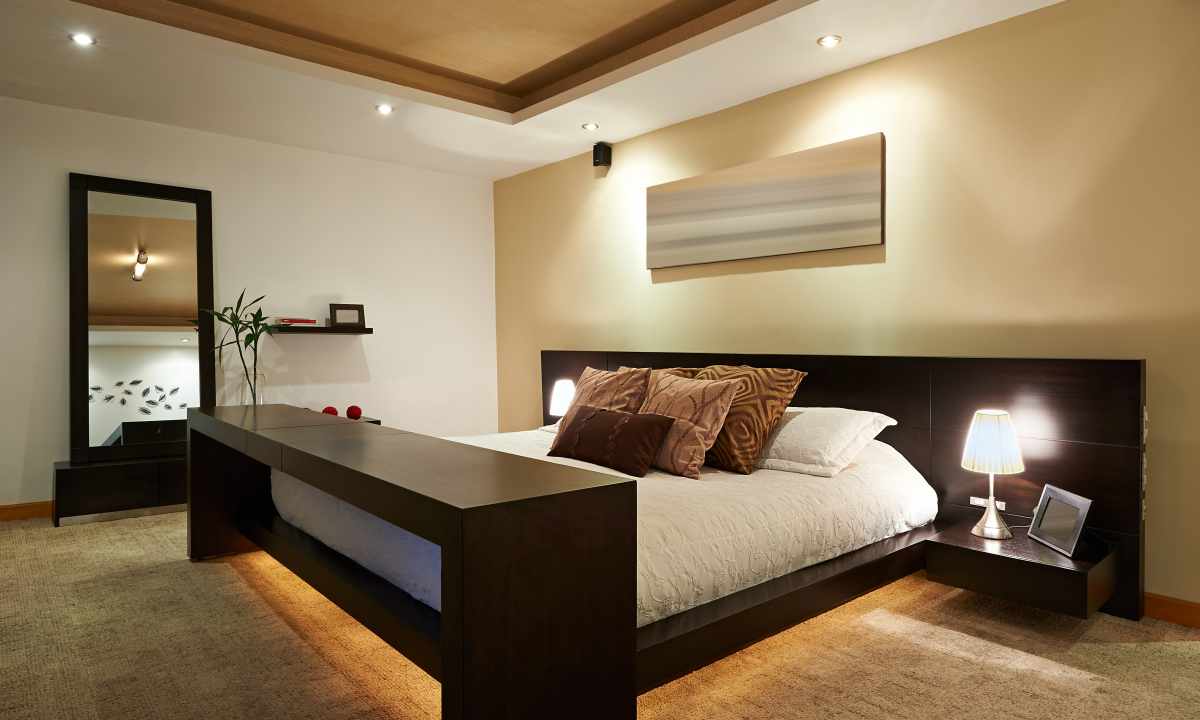In the evening sunlight is succeeded by the luminous flux transformed from electric current. Current from the power supply network comes to lighting equipment through cartridge in which the socle (basis) of bulb is established. Cartridges in different lamps can differ in the device, different forms of the bases are intended for them. In bulbs for house lighting two types of socles – threaded and the pin prevail.
Threaded (screw) socle
It is the oldest and most widespread type of socles. It is used from the moment of the invention of bulb of incandescence by Thomas Edison in 1909. In honor of the author such socles mark E initial. The number following letter means their diameter in millimeters.
That the lamp with threaded socle has earned, it needs to be twisted in cartridge (like the screw) clockwise. Such bulbs connect in network with alternating current 220 volts.
In household screw bases like E diameter of 14, 27 are everywhere used, is more rare in 40 mm.
The tiny socle of E14 called also minion is widespread in sconce and small lamps (for example, it is convenient for illumination of bathroom). Lamps with socle in 14 mm have the extended form and remind candle flame.
The socle of E27, standard for room lighting, meets in chandeliers, desk lamps and wall lamps. It equips bulbs of quite extensive power range – from 15 to 200 watts calculated for work with mains voltage of 220 volts.
The large socle of E40 (it "голиаф") is ideal for the powerful lamps established in big rooms. Power of E40 can reach about 150 watts that at 5-10 times exceeds the power of classical lamps of E27.
The pin (pin) socle
Not less popular group of socles is marked by letter G. These are the pin socles applied in case the lamp specific or it has small plafond.
At the pin socle there are two metal tips. The contact pin on which there passes electric current at turn is strong fixed in the slot. The bulb in the boss is also kept by pins. Socles of this type have found application in standard glow lamps, in luminescent and halogen lamps.
In marking of pin socles the numerical coefficient has shown distance between median points of contact pins which are inserted into the connectors intended for them and from within are clamped by springs. Such fastening of lamp in the lamp is rather reliable.
Additional types of socles
Additional modifications of lamps are designated by additional letters (U, X, Y or Z). So, at identical distance between pins, socles can have different connectors of connection (for example, socles of G53 and GX, similar on standard sizes). Similar socles are not interchanged.
The X-kind of socles with pins is characterized by availability in connectors of lamp of the additional fixing lock.
Socles of subspecies of Y and Z are distinguished only by form of the body.
The specifying letter U is put when marking energy saving lamps. In life socles like U in which for fixing of bulb it is only enough to be turned in special grooves in the boss come across. Such pins slightly extend at the end and reliably hold flask.
The marker of R means that the contact is drowned. Such socle is applied in some floor lamps, surface and wall lamps.
Small letters indicate quantity of contact plates, tiny pins or the bent connections at the end (s-1 contact, contact d-2).
Designation G4 corresponds to the smallest lamps with glass socle on two pins. As a rule, it is the halogen bulbs working at low tension in 12 volts. Their power varies from 5 to 12 watts. Such lamps are practical to be installed for illumination of ceiling designs, in flexible lamps and chandeliers with LED illumination on distant control.
The socle of G5.3 and its subspecies are widespread (GU5.3, GX5.3, etc.). They can be met in the bulbs of MR16 type demanded in illumination of walls and ceilings and also at illumination of show-windows. Such socles are convenient that they are just inserted into connectors of lamps.
Glass lamps of G6.35, similar to G4, exceed them in the amount of. Upon purchase it is important not to mix modification of reciprocal part of the lamp: X, Y or Z.
Extremely seldom G9 standard size socles meet. Quickly and just to replace lamps with such pin socle. Recently they begin to gain popularity in house chandeliers.
One more pin socle – GU10. It is characterized by thickenings on the ends of contacts. For connection of lighting instrument with such socle to network it is necessary to insert it into cartridge against the stop, and then to turn on quarter of turn. It is enough reliably to record bulb in the boss. In such a way lamps on ceiling fasten.
The socle of G13 is similar to G5, but exceeds it by the size. Such socles can be met in fluorescent T8 lamps (tubular). Luminescence and LED lamps of tubular T8 type have identical socles of G13 and approach identical cartridges.
G lamps with socle of 23 mm often use in desk lamps and at illumination of bathrooms. Similar socle slots can be mounted in normal wall lamps at the expense of special openings.
There are also lamps with short socles in 27 mm (GX53, GX70 or "tablets") which have successfully proved in false ceilings.
Upon purchase of bulbs it is necessary to pay attention to socle type. Information on it is specified on packing and duplicated on lamp plafond, marking with standard size is put down on the bulb.

